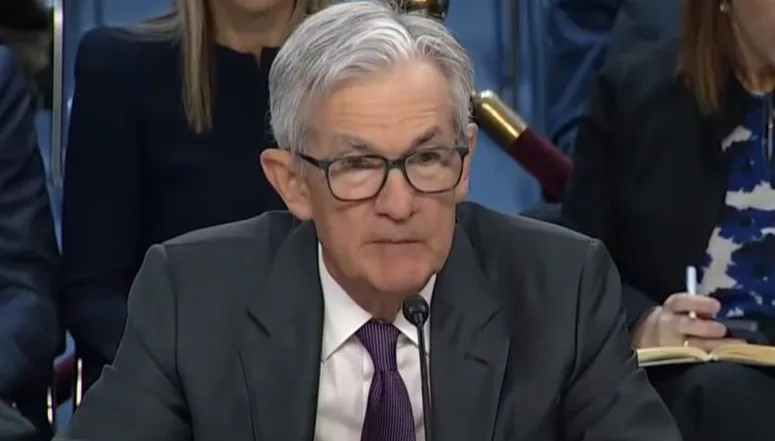Federal Reserve Chair Jerome Powell recently addressed the Senate Banking Committee, providing insights into the current economic landscape and the Federal Reserve’s monetary policy stance. He emphasized that, given the economy’s robust performance, there is no immediate need to adjust interest rates. This approach aims to balance the goals of maximum employment and stable prices.
Economic Overview
The U.S. economy has demonstrated resilience, with Gross Domestic Product (GDP) increasing by 2.5% in 2024, driven by strong consumer spending. The labor market remains solid, averaging 189,000 new jobs per month over the past four months, and the unemployment rate holding steady at 4% as of January. Inflation has moderated, with the Personal Consumption Expenditures (PCE) price index rising 2.6% over the 12 months ending in December, slightly above the Federal Reserve’s 2% target. (Federal Reserve)
Monetary Policy Outlook
In light of these developments, the Federal Open Market Committee (FOMC) has reduced the policy rate by a full percentage point since September, following a period of maintaining higher rates to combat inflation. With the current policy stance being less restrictive and the economy remaining strong, Powell indicated that there is no urgency to further adjust rates. He cautioned that reducing policy restraint too quickly could impede progress on inflation, while moving too slowly might unduly weaken economic activity and employment. (Federal Reserve)
Consumer Financial Protection Bureau (CFPB) Under Fire
During the testimony, lawmakers also questioned Powell about the future of the Consumer Financial Protection Bureau (CFPB)—a regulatory agency designed to oversee financial institutions and protect consumers from predatory practices.
Republican lawmakers have criticized the CFPB, arguing that it over-regulates the financial industry, creating unnecessary red tape for businesses and limiting credit access for consumers. Under the Trump administration, efforts were made to scale back the agency’s authority, a move that conservatives argue would promote economic growth by reducing regulatory burdens on banks and lenders.
However, Democrats defended the CFPB, citing its role in cracking down on illegal fees, fraudulent lending practices, and ensuring fair access to financial products for lower-income Americans. Powell did not take a direct stance on the CFPB’s operations but acknowledged its critical role in financial regulation and consumer protection.
One major concern raised was whether changes to the CFPB’s structure—such as shifting its funding source from the Federal Reserve to Congress—would undermine its ability to function effectively. Critics argue that subjecting the agency to congressional appropriations could weaken its enforcement powers and expose it to political influence. (AP News)
Impact on the American Public
For American consumers and businesses, the Federal Reserve’s cautious approach suggests that borrowing costs, including those for mortgages, credit cards, and business loans, are unlikely to decrease in the immediate future.
While the Fed influences short-term interest rates, longer-term rates, such as those for 30-year mortgages, are more closely tied to yields on 10-year Treasury bonds, which are affected by various factors beyond the Fed’s direct control. Consequently, even with potential future rate cuts, significant reductions in mortgage rates may not materialize immediately, especially given the persistent housing shortage that continues to exert upward pressure on housing costs. (Investopedia)
Additionally, recent policy changes, such as the Trump administration’s increased tariffs on steel and aluminum imports, are expected to contribute to higher inflation. These tariffs can lead to increased production costs for goods, which may be passed on to consumers in the form of higher prices. The Federal Reserve is monitoring these developments closely, as they add complexity to the economic outlook and influence decisions on monetary policy. (Reuters)
Conclusion
Chair Powell’s testimony underscores the Federal Reserve’s commitment to carefully navigating the U.S. economy through a period of solid growth and moderating inflation. At the same time, debates over regulatory oversight, such as the future of the CFPB, could have significant implications for consumer protection and financial markets.
By maintaining a measured approach to monetary policy, the Fed aims to support continued economic expansion while ensuring that inflation trends toward its 2% target, ultimately benefiting the American public through sustained employment opportunities and stable prices.





